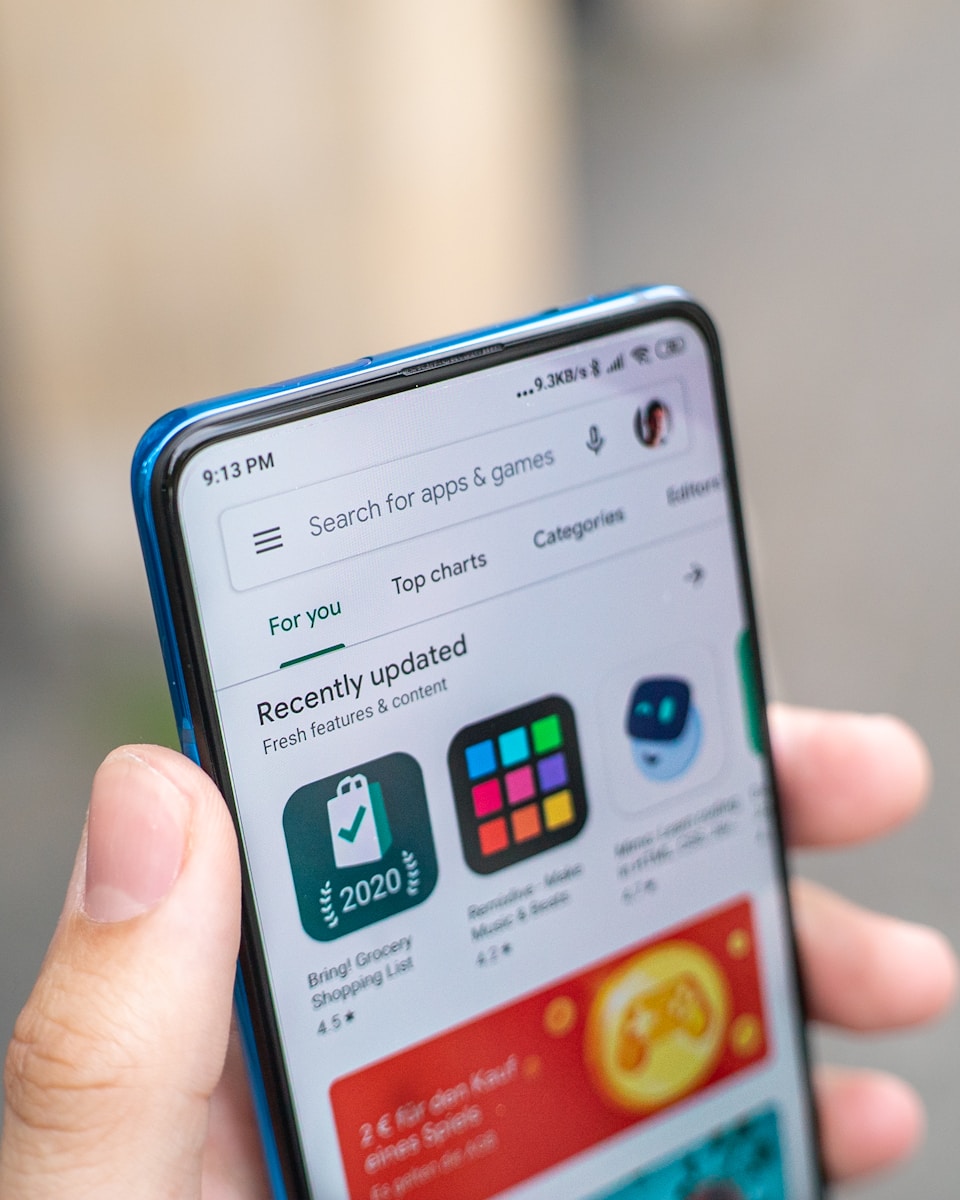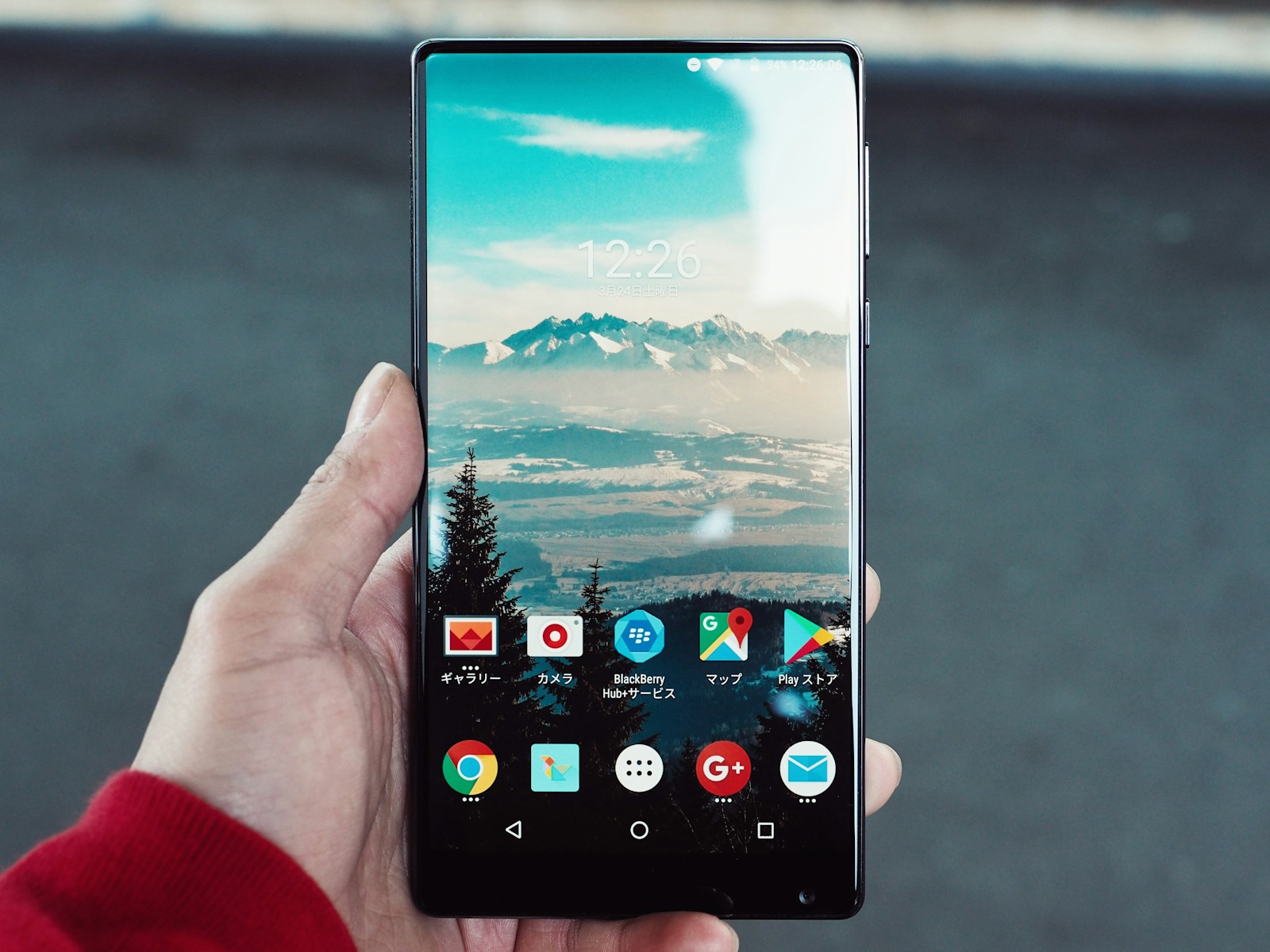In today’s digital age, many users find themselves wanting to install apps outside of the App Store for various reasons, such as accessing apps not available in their region, testing beta versions, or simply exploring alternatives to mainstream applications. This guide will walk you through the process of safely installing apps outside of the App Store, ensuring you can enjoy a wider range of applications on your device.
Understanding the Risks

Before diving into the installation process, it’s crucial to understand the potential risks associated with installing apps from unknown sources.
- Security Risks: Installing apps outside of the App Store can expose your device to malware or malicious software. Unlike the App Store, which has stringent vetting processes, external sources might not provide the same level of security checks, leaving your device vulnerable to attacks. Always ensure that the source of the app is trustworthy before proceeding with the installation.
- Privacy Concerns: Apps from unofficial sources may not adhere to the same privacy standards as those from the App Store. They might collect and misuse your personal data without your consent. To mitigate this risk, it’s important to review the permissions requested by the app and research its developer to ensure credibility.
- Compatibility Issues: Apps not downloaded from the App Store may not be optimized for your device, leading to performance issues or crashes. This can be particularly problematic if the app is not updated regularly to keep up with the latest operating system updates.
Enabling Installations from Unknown Sources

To install apps from outside the App Store, you first need to enable installations from unknown sources on your device.
- For iOS Devices: Apple’s ecosystem is more restrictive when it comes to installing apps from outside the App Store. However, you can use methods such as jailbreaking or utilizing third-party app stores like Cydia or AltStore.
- Jailbreaking: This process involves removing software restrictions imposed by iOS. While jailbreaking provides greater freedom, it also voids your warranty and exposes your device to security risks. Use reputable guides and tools to minimize potential issues.
- Third-Party App Stores: Platforms like Cydia or AltStore allow you to install apps that are not available on the official App Store. These stores come with their own installation methods and security measures, but always exercise caution and use well-known sources.
- For Android Devices: Android devices are more flexible, allowing users to enable installations from unknown sources through the settings menu.
- Settings Adjustment: Navigate to your device’s settings, usually under “Security” or “Applications,” and enable the option to allow installations from unknown sources. This setting might be labeled differently depending on your device model and Android version.
- APK Files: Android Package Kit (APK) files are the format used by Android for distributing and installing apps. You can download APK files from various websites, but ensure the site is reputable. Once the APK is downloaded, simply tap on it to begin the installation process.
Finding Reliable Sources for Apps

Once you have enabled your device to install apps from unknown sources, the next step is to find reliable sources for downloading these apps.
- Official Websites: Whenever possible, download apps directly from the official websites of the developers. This ensures that you are getting the legitimate version of the app without any modifications or added malware. Many developers provide APK files or other installation packages on their websites for users who prefer not to use the App Store.
- Reputable Third-Party App Stores: Some third-party app stores have built a reputation for providing safe and reliable apps. Examples include APKMirror, F-Droid, and Amazon Appstore. These platforms have their own vetting processes to ensure the apps they host are safe and functional.
- User Reviews and Forums: Before downloading an app from an unknown source, it’s wise to check user reviews and forums. Websites like Reddit and XDA Developers have active communities where users share their experiences and recommendations regarding various apps and sources. This can provide valuable insights into the safety and functionality of the app you intend to download.
Installing and Managing Apps
After finding a reliable source, you can proceed with the installation and management of these apps on your device.
- Downloading the App: Once you have identified a trustworthy source, download the installation file (APK for Android or the relevant file for iOS). Make sure to save the file in a location that is easy to access on your device.
- Installing the App: For Android, locate the APK file and tap on it to initiate the installation process. For iOS, follow the specific instructions provided by the third-party store or developer. This might involve using a computer to sideload the app or using an alternative app installer.
- Managing Permissions: After installation, review the app’s permissions. Ensure that the app is not requesting access to unnecessary data or features. This can be done through your device’s settings, where you can manage and revoke app permissions as needed.
- Regular Updates: Apps installed from outside the App Store might not receive automatic updates. Regularly check the source for updates to ensure that you have the latest version, which includes bug fixes and security patches. Some third-party app stores have built-in update mechanisms, but manual checking is often necessary.
Maintaining Security and Privacy
To maintain the security and privacy of your device while installing apps from unknown sources, follow these best practices:
- Use Antivirus Software: Installing a reputable antivirus app can help detect and prevent potential threats from malicious apps. Regular scans and real-time protection can significantly reduce the risk of malware infections.
- Backup Your Data: Regularly backup your device’s data to avoid loss in case of any issues arising from third-party apps. This can be done using cloud services or external storage devices. Having a backup ensures that you can restore your device to its previous state if needed.
- Monitor App Behavior: Keep an eye on the behavior of apps installed from unknown sources. Unusual activity, such as rapid battery drain, excessive data usage, or frequent crashes, may indicate a problem. If you notice any suspicious behavior, uninstall the app immediately and perform a security scan on your device.
- Stay Informed: Stay updated on the latest security news related to mobile apps and devices. Being aware of common threats and vulnerabilities can help you make informed decisions about which apps to install and which sources to trust.
Conclusion
Installing apps outside of the App Store opens up a world of possibilities but comes with its own set of risks and responsibilities. By understanding the potential dangers, enabling the necessary settings, finding reliable sources, and maintaining security practices, you can safely explore and enjoy a broader range of applications on your device. Always prioritize your device’s security and privacy, and stay informed about best practices in the ever-evolving landscape of mobile app usage.
